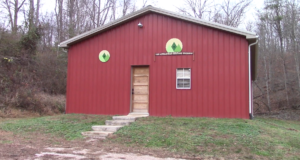Timed Obsolesence in Woodworking
JerillV2021-09-29T14:25:49+00:00Recently my refrigerator failed to maintain the cold temperature required to keep the milk from spoiling. After trouble shooting the problem I considered my options and found a new appliance was in order. While researching the repair parts I realized the refrigerator was 19 years old! At least it lived beyond the life expectancy of the manufacturer. I learned many years ago that this is called “timed obsolescence” – a predetermined life of a product to ensure future customers. What if woodworkers lived by this creed? How many antique pieces would there be if they were made to exist only for a specified time frame? Any craftsman will tell you that his work will last for generations if done properly. A uniquely designed, heirloom quality piece of furniture for a specific customer will be pleasing to the eye but also must last. To function under constant use and still last for centuries is the expectation but not necessarily the norm. That is why the design is critical and not just “eye candy”. Perhaps this is why many customers prefer to buy custom-made items instead of mass-produced pieces. So, the next time you purchase an item ask yourself if it has a predetermined life expectancy or “timed obsolescence”. Perhaps it will make you think about purchasing from an individual craftsman instead of a large manufacturer.
Enjoy your shop time!
Jerill











